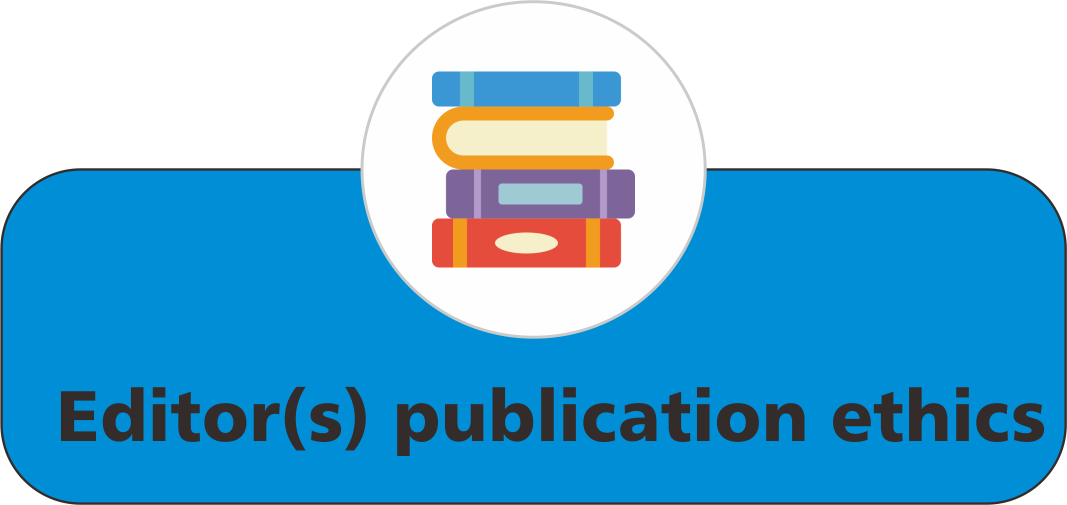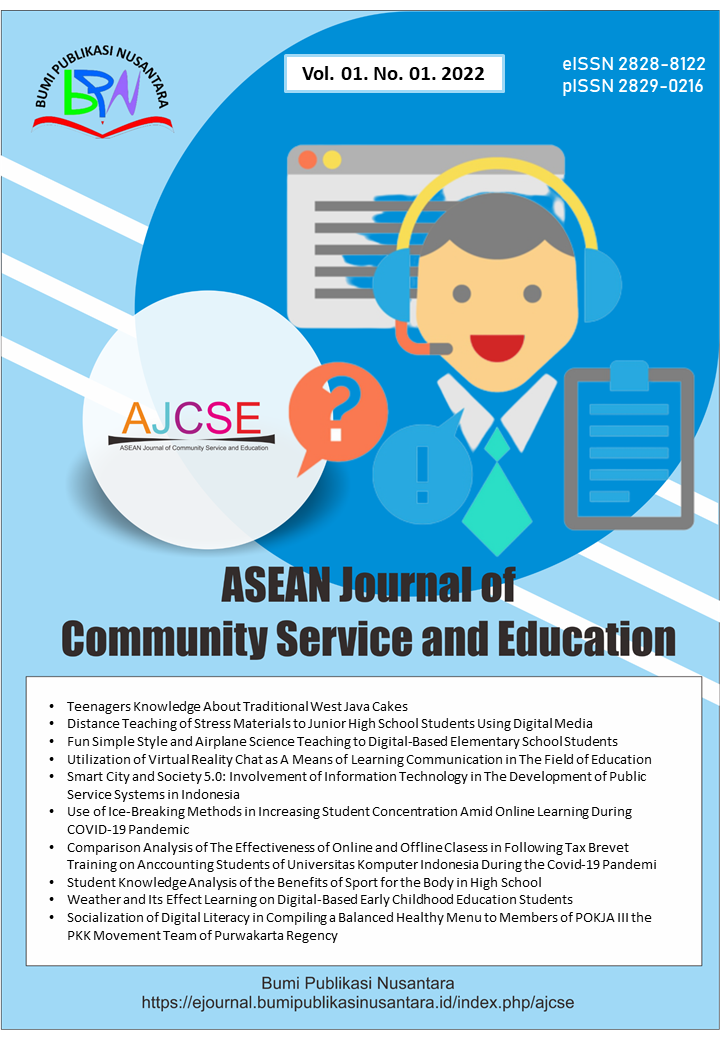Exploring the Influence of Gender in Political Campaigns: A Comparative Study from Community Service Perspective
 ), M. Kamraju(2),
), M. Kamraju(2),
(1) Central University of Andhra Pradesh
(2) Ministry of Education
 Corresponding Author
Corresponding Author
Abstract
Keywords
References
Aaldering, L., and Van Der Pas, D. J. (2020). Political leadership in the media: Gender bias in leader stereotypes during campaign and routine times. British Journal of Political Science, 50(3), 911-931.
Bauer, N. M., Sheafer, T., and Bimber, B. (2012). The interactive relationships between media bias and voters' cognitive abilities. Journal of Communication, 62(5), 764-783.
Bayeh, E. (2016). The role of empowering women and achieving gender equality to the sustainable development of Ethiopia. Pacific Science Review B: Humanities and Social Sciences, 2(1), 37-42.
Bligh, M. C., Schlehofer, M. M., Casad, B. J., and Gaffney, A. M. (2012). Competent enough, but would you vote for her? Gender stereotypes and media influences on perceptions of women politicians. Journal of Applied Social Psychology, 42(3), 560-597.
Dahlerup, D., and Freidenvall, L. (2010). Quotas as a 'fast track' to equal representation for women: Why Scandinavia is no longer the model. International Feminist Journal of Politics, 12(1), 78-98.
Francis, T.T., Mukhtar, B., and Sadiq, K. (2023). Effect of scaffolding instructional strategy and gender on academic achievement of senior secondary school Islamic studies students. Indonesian Journal of Multidiciplinary Research, 3(1), 139-144.
Gay, C. (2002). Spiraling differences: Gender, race, and the transformation of political science. PS: Political Science and Politics, 35(01), 41-45.
Kahn, K. F., and Goldenberg, E. N. (2019). The impact of gender stereotypes on the evaluations of women candidates. Political Behavior, 41(4), 1067-1093.
Krook, M. L., and Restrepo Sanín, J. (2016). Gender and political recruitment: Theorizing institutional change. Political Research Quarterly, 69(2), 262-275.
Matland, R. E., and Studlar, D. T. (1996). The contagion of women candidates in single-member district and proportional representation electoral systems: Canada and Norway. The Journal of Politics, 58(3), 707-733.
McGregor, S. C., Lawrence, R. G., and Cardona, A. (2017). Personalization, gender, and social media: Gubernatorial candidates’ social media strategies. Information, communication and society, 20(2), 264-283.
Melki, J. P., and Mallat, S. E. (2016). Block her entry, keep her down and push her out: gender discrimination and women journalists in the Arab world. Journalism Studies, 17(1), 57-79.
Mulyahati, T., and Rasiban, L.M.R. (2021). Analysis of the gender equality application in Japanese and Indonesian elementary school education through class pickets. Indonesian Journal of Community and Special Needs Education, 1(1), 11-14.
Phillips, A. (1998). Political representation and feminism: Past, present, and future. PS: Political Science and Politics, 31(03), 498-502.
Sanbonmatsu, K. (2006). Gender stereotypes and vote choice. American Journal of Political Science, 50(2), 459-478.
Shaturaev, J. (2023). Leading-edge strategies for enhancing higher education institutions' management systems. Indonesian Journal of Teaching in Science, 3(1), 59-66
Viruell-Fuentes, E. A., Miranda, P. Y., and Abdulrahim, S. (2012). More than culture: structural racism, intersectionality theory, and immigrant health. Social science and medicine, 75(12), 2099-2106.
Yarchi, M., and Samuel-Azran, T. (2018). Women politicians are more engaging: male versus female politicians’ ability to generate users’ engagement on social media during an election campaign. Information, Communication and Society, 21(7), 978-995.
Article Metrics
Abstract View : 1352 times
: 1352 times Download : 980 times
Download : 980 times
Refbacks
- There are currently no refbacks.
Copyright (c) 2023 Bumi Publikasi Nusantara

This work is licensed under a Creative Commons Attribution-ShareAlike 4.0 International License.







